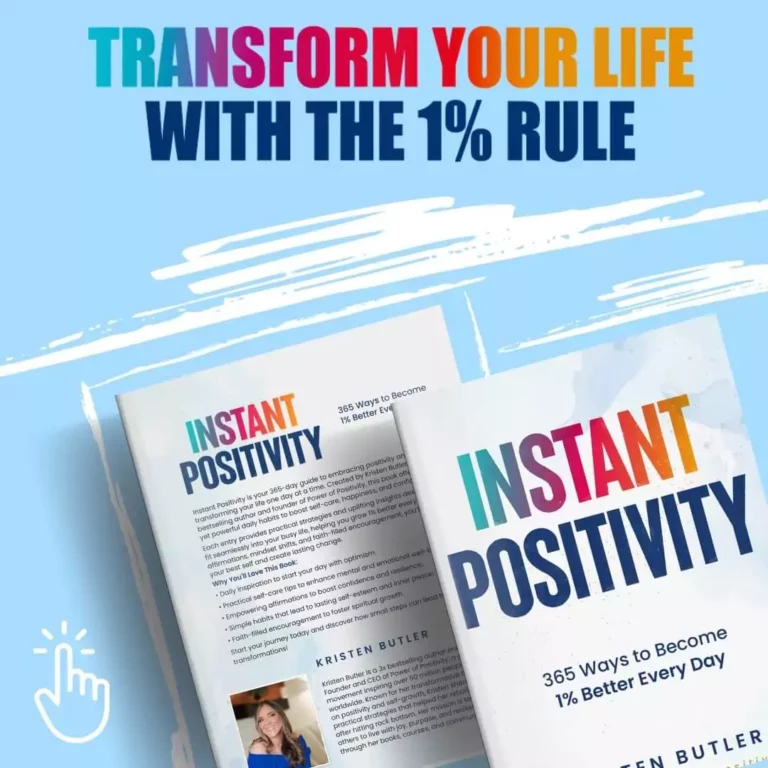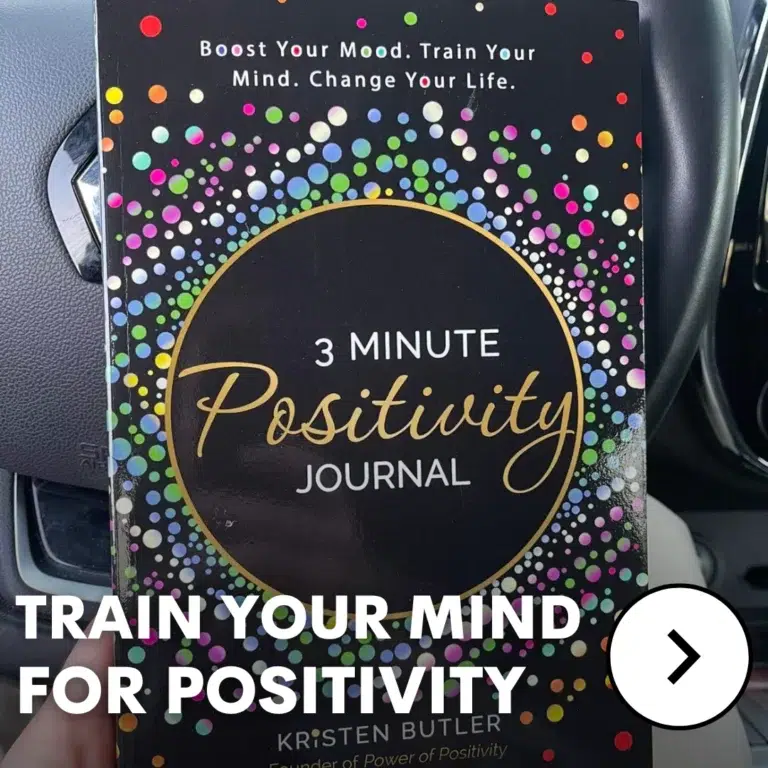What if the way you think could shape your life? Effective intention setting isn’t just about wishful thinking—it’s about creating a mindset that leads to real change.
Unlike goals, which focus on specific outcomes, intentions guide your daily choices and how you show up in life. They shape your mindset, emotions, and actions, keeping you aligned with what truly matters. The problem? Most people set intentions but don’t follow through. They lose focus, get discouraged, or let old habits take over.
The key to making an intention stick is clarity, emotion, and repetition. When your intention feels real and meaningful, it becomes easier to act on. The more you reinforce it in daily life, the stronger it gets. With the right approach, intention setting isn’t just something you try—it’s something that transforms how you live.
Mastering Intention Setting: What You Need to Know (250 words)
Effective intention setting works best when it connects to what truly matters to you. When an intention is based on personal values rather than external rewards, it becomes a natural part of your decisions and actions. A short-term goal might push you to achieve something, but an intention shapes how you live every day.
The brain plays a big role in this. Each time you focus on an intention, you strengthen the neural pathways that support it. The more you repeat an intention, the easier it becomes to follow through. Just like a habit, consistency makes it stick.
Daily reinforcement is what turns an intention into reality. Writing it down, saying it out loud, or even thinking about it first thing in the morning helps keep it at the front of your mind. Small reminders throughout the day train your brain to act in ways that support what you want.
One of the strongest ways to make an intention last is by planting it in your subconscious. Right before bed, when your mind is relaxed, is the perfect time to repeat your intention. This helps it settle deeper, making it more likely to influence your actions without effort.
When done right, intention setting isn’t just something you do—it becomes a part of who you are.
6 Techniques for Setting Intentions That Stick
Setting an intention is easy, but making it stick takes the right approach—here’s how to create intentions that feel real and shape your daily life.
1 – Make It Personal and Emotionally Driven
An intention should mean something to you on a deep level. If it doesn’t make you feel anything, it won’t last. Effective intention setting works best when there’s a strong emotional connection.
Think about what truly matters to you. Instead of setting an intention that feels vague or forced, ask yourself: Does this intention give me a real sense of purpose? If you don’t feel something in your gut when you say it, it’s probably not the right one.
The key is to focus on the feeling behind the intention. Instead of saying, “I want to be healthier,” try something like, “I nourish my body with movement and balanced meals.” The second version isn’t just a statement—it creates a feeling of care and strength.
A quick way to check if your intention is strong enough is to say it out loud and pay attention to how your body reacts. If it doesn’t stir anything in you, tweak it until it does. The more personal it is, the easier it will be to stick to.
2 – Keep It Positive and Focused on Growth
Your mind responds better to positive reinforcement than to negative commands. If your intention focuses on what you don’t want, it’s working against you. Instead, phrase it in a way that highlights what you do want.
For example, instead of saying, “I will stop procrastinating,” say, “I take action with ease.” This small change shifts your focus from the problem to the solution. It also trains your brain to think in a more productive way.
The way you word your intentions shapes your mindset. When you phrase them in the present tense, your brain starts to believe they are already true. Instead of saying, “I will become more confident,” say, “I embrace challenges with confidence.” This simple shift makes your intention feel real right now, rather than something you’re waiting for.
A strong intention should be short and clear. The longer and more complicated it is, the harder it is to remember and act on. Stick to one sentence that captures the essence of what you want.
3 – Reinforce It with a Simple Daily Practice
The more often you repeat an intention, the stronger it becomes. Repetition is what helps your brain lock it in and turn it into a natural way of thinking.
One of the best ways to do this is by building small rituals around your intention. Here are three simple ways to keep it front and center every day:
- Morning affirmations – Say your intention out loud first thing in the morning. This sets the tone for your day.
- Journaling – Write your intention down every day. Seeing it on paper reinforces it in your mind.
- Meditation – Spend a few minutes picturing yourself already living your intention. This makes it feel more real.
For example, if your intention is “I stay calm under pressure,” you can:
- Say it each morning before starting your day.
- Write it in a notebook, along with examples of how you stayed calm.
- Take deep breaths before stressful situations to reinforce it.
The more you integrate your intention into daily life, the stronger it becomes.
4 – Align Your Intentions with Your Actions
An intention without action is just a thought. If you want your intention to shape your life, your daily actions need to match it.
This means bridging the gap between what you say and what you do. If your intention is “I prioritize my well-being,” but you never take time for yourself, the intention loses power. Small, consistent steps matter more than big, occasional efforts.
Here’s how to bring your intention to life:
- If your intention is “I prioritize my well-being” → Start setting boundaries, taking breaks, and making time for rest.
- If your intention is “I am confident in my decisions” → Speak up more often and trust your choices.
- If your intention is “I bring positivity into my day” → Focus on gratitude and avoid complaining.
A good way to check if your actions align with your intention is to reflect at the end of the day. Ask yourself, Did I live my intention today? If not, adjust your actions tomorrow.
5 – Use Visualization to Deepen the Impact
Your brain can’t tell the difference between real experiences and vividly imagined ones. That’s why visualization is such a powerful tool for effective intention setting.
Top athletes and performers use mental imagery to prepare for success. You can do the same by picturing yourself already living your intention.
Here’s how to do it:
- Close your eyes and take a deep breath.
- Picture yourself fully embracing your intention—see yourself acting, feeling, and thinking in alignment with it.
- Engage your senses—what do you see, hear, and feel?
- Hold onto this image for a few minutes each day.
For example, if your intention is “I radiate confidence,” visualize yourself:
- Walking into a room with ease and self-assurance.
- Speaking clearly and being heard.
- Feeling completely comfortable in your own skin.
The more you do this, the more natural your intention will feel, making it easier to act on.
6 – Integrate Intentions into Your Nighttime Routine
The mind absorbs information best when it’s relaxed. That’s why setting an intention before bed can help it stick.
Right before falling asleep, your subconscious is open to new ideas. Repeating your intention at this time allows it to settle deeper into your mind.
Here’s a simple bedtime practice to strengthen your intention:
- Lie down in a comfortable position.
- Close your eyes and repeat your intention three times.
- Visualize yourself already living it.
- Let the feeling sink in as you drift off to sleep.
For example, if your intention is “I wake up feeling energized and ready for the day,” picture yourself:
- Sleeping peacefully and waking up refreshed.
- Feeling light, happy, and full of energy.
- Moving through your morning with ease.
Over time, this practice rewires your thought patterns, making your intention second nature.
Final Thoughts on Making Intentions Stick
An intention is more than just a statement—it’s a way of thinking and acting that shapes your reality. The key to effective intention setting is consistency. When you connect deeply with your intention, repeat it daily, align your actions, and reinforce it with visualization, it becomes a part of who you are.
Make your intentions simple, positive, and personal. Keep them alive with small daily habits. The more you live your intention, the more natural it becomes. With the right approach, setting intentions isn’t just something you do—it’s something that changes how you move through life.















